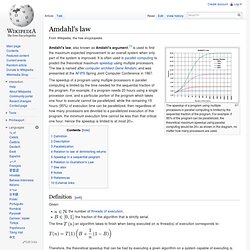

What people really want from a loyalty program - Research. New loyalty data out from Club Carlson shows exactly what consumers want more of - points and stays. . .and also WiFi.

Many believe hotel loyalty programs should include free WiFi, allowing the consumer to skip the pricey daily connection costs. "Seventy-eight percent of Americans are members of at least one brand loyalty program; and Americans ages 18-64 are much more likely to join compared to those older than 65," was written in the report. "Grocery stores have the most members, with 50 percent acknowledging their participation in a grocer's rewards program.
This is followed by credit cards offering points, retail stores, and hotels. " The report also shows: • 4 in 5 consumers say they're interested in hotel loyalty programs but 66% also say it takes 3 or more stays to create a loyalty bond • 41% say they'll cancel a loyalty program after a single disappointing experience • 60% say they have more than 1 hotel loyalty program and they 'shop around' to find the best deal for any stay. Amdahl's law. The speedup of a program using multiple processors in parallel computing is limited by the sequential fraction of the program.

For example, if 95% of the program can be parallelized, the theoretical maximum speedup using parallel computing would be 20× as shown in the diagram, no matter how many processors are used. Amdahl's law, also known as Amdahl's argument,[1] is used to find the maximum expected improvement to an overall system when only part of the system is improved.
It is often used in parallel computing to predict the theoretical maximum speedup using multiple processors. The law is named after computer architect Gene Amdahl, and was presented at the AFIPS Spring Joint Computer Conference in 1967. The speedup of a program using multiple processors in parallel computing is limited by the time needed for the sequential fraction of the program. Definition[edit] Given: The time an algorithm takes to finish when being executed on thread(s) of execution corresponds to: Description[edit]
Telomeres - Topics. We've sent an email with instructions to create a new password.

Your existing password has not been changed. We'll send you a link to create a new password. {* #forgotPasswordForm *} {* traditionalSignIn_emailAddress *} {* backButton *} {* forgotPassword_sendButton *} {* /forgotPasswordForm *} {* mergeAccounts *} {* public_profileBlurb *} {* public_displayName *} {* public_name *} {* public_gender *} {* public_birthdate *} {* public_emailAddress *} {* public_address *} {* public_phoneNumber *} We have sent a confirmation email to {* emailAddressData *}. Welcome back, {* welcomeName *}!
{* loginWidget *} Or Welcome back, ! Telomeres - Topics.